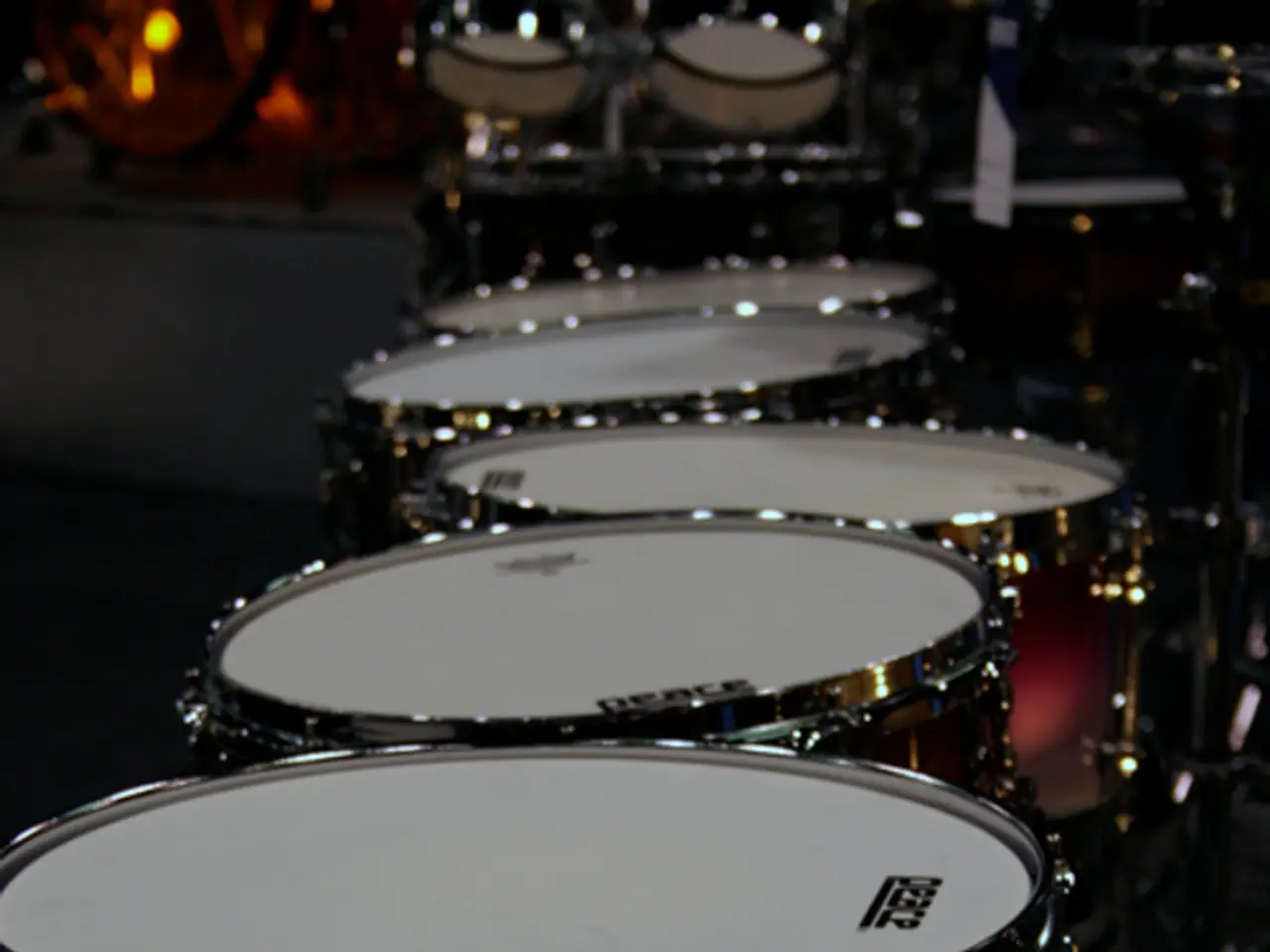Understanding Apneustic Breathing and Its Associated Conditions
Deep Breathing Technique: Characteristics, Remedies, Origins, and More Insights
Apneustic breathing is a rare but concerning respiratory pattern characterized by prolonged, deep inhalations followed by brief and insufficient exhalations. This breathing pattern is primarily associated with brainstem injury, particularly damage to the pontine respiratory centers. However, there are other conditions and causes that can lead to apneustic breathing.
Common Causes of Apneustic Breathing Beyond Brain Injury
Brainstem diseases or lesions, high intracranial pressure or brain tumors, severe metabolic or hypoxic conditions, neurological disorders such as neurodegenerative or demyelinating diseases, and even high altitude can indirectly affect respiratory centers and lead to this breathing pattern.
Treatment Options
The treatment for apneustic breathing primarily focuses on addressing the underlying cause. This may involve surgical removal of tumors, controlling intracranial pressure with medication, or supportive care for brainstem stroke or injury. Mechanical ventilation may be necessary if spontaneous breathing is insufficient, and ensuring airway protection and oxygenation is critical.
In cases where there is partial respiratory control dysfunction, breathing retraining and respiratory therapy may provide some symptomatic relief. Treating metabolic imbalances, hypoxia, or comorbid conditions such as heart failure can also help reduce respiratory instability.
Other Breathing Patterns
Apneustic breathing is distinct from other abnormal patterns like Cheyne-Stokes respiration (cycles of crescendo-decrescendo breathing with apneas) or neurogenic hyperventilation (rapid, deep breaths), which are associated with heart failure and other neurological conditions.
Central Neurogenic Hyperventilation
Central neurogenic hyperventilation is another breathing pattern characterized by frequent over-breathing, often due to head trauma or a severe lack of oxygen to the brain.
In conclusion, while apneustic breathing is primarily associated with overt brain injury, it can also result from brainstem lesions, increased intracranial pressure, tumors, or severe neurological disease affecting respiratory centers. Treatment focuses on managing the underlying cause and providing respiratory support as needed.
- The association of apneustic breathing with neurological disorders extends beyond brain injury, encompassing neurodegenerative and demyelinating diseases, which can indirectly affect respiratory centers.
- In healthcare and wellness, understanding heart failure is crucial as it is one of the comorbid conditions associated with abnormal breathing patterns like Cheyne-Stokes respiration, which is distinct from apneustic breathing.
- The field of science acknowledges various medical conditions, including mental health issues and neurological disorders like central neurogenic hyperventilation, which can result in abnormal breathing patterns similar to apneustic breathing or unique in their characteristics, such as frequent over-breathing.




